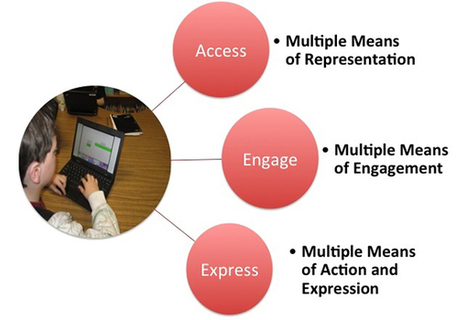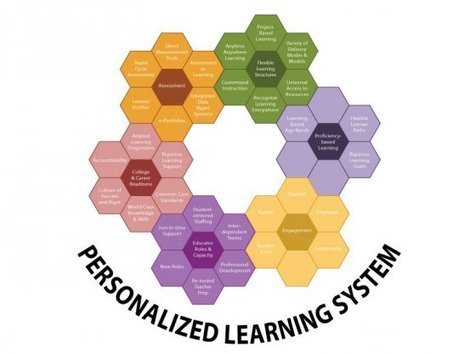John Bordeaux looks closely at the science of learning and concludes that personalized learning is a central design principle for transforming educational systems.
How do we know that “personalized learning” is important? "Why the emphasis on learning, rather than instruction? And why should the learning experience be tailored to the individual? The first consideration when pondering how to help children learn should be to explore how they learn. Fortunately, advances in neuroscience help us reconsider our approach to young minds, and answer some fundamental questions: Are we born with a vessel into which knowledge is poured? Or do we create our own mind?"
"Reviewing the science, we find that all learning is personalized. Neuroscience, cognitive science, sociology, psychology, and philosophy agree – we create representations of our world based on individual experience. No amount of instructional method can ensure an “accurate” uptake of information. This is because you are designed to predict events in a complex world. You do this by developing a consistent sense of the world around you, the memory of input patterns experienced from birth. The infant brain is incredibly plastic, meaning it can change and rewire itself based on the type of inputs flowing into it."
"Preparing children to succeed involves acknowledging each child’s centrality to the learning experience. We can choose to continue methods that are convenient to the adult, mass lectures or student ‘tracking,’ or we can provide a system that adapts to the individual minds in our care at every stage. The science leaves us no option here – ‘personalized learning,’ by whatever name, is a central design principle for a transformed education system."
 Your new post is loading...
Your new post is loading...
 Your new post is loading...
Your new post is loading...













University learners need to be similarly considered. There is very little ubiquity of prior experience with such diverse intakes - Plan to shift from pedagogy to andragogy to heutagogy. Student needs shift from early engagement where pedagogy (teacher direction) is the norm, to andragogy where the role of the teacher shifts to facilitating student engagement in the processes of learning, to heutagogy where students define and organise their own learning requirements.